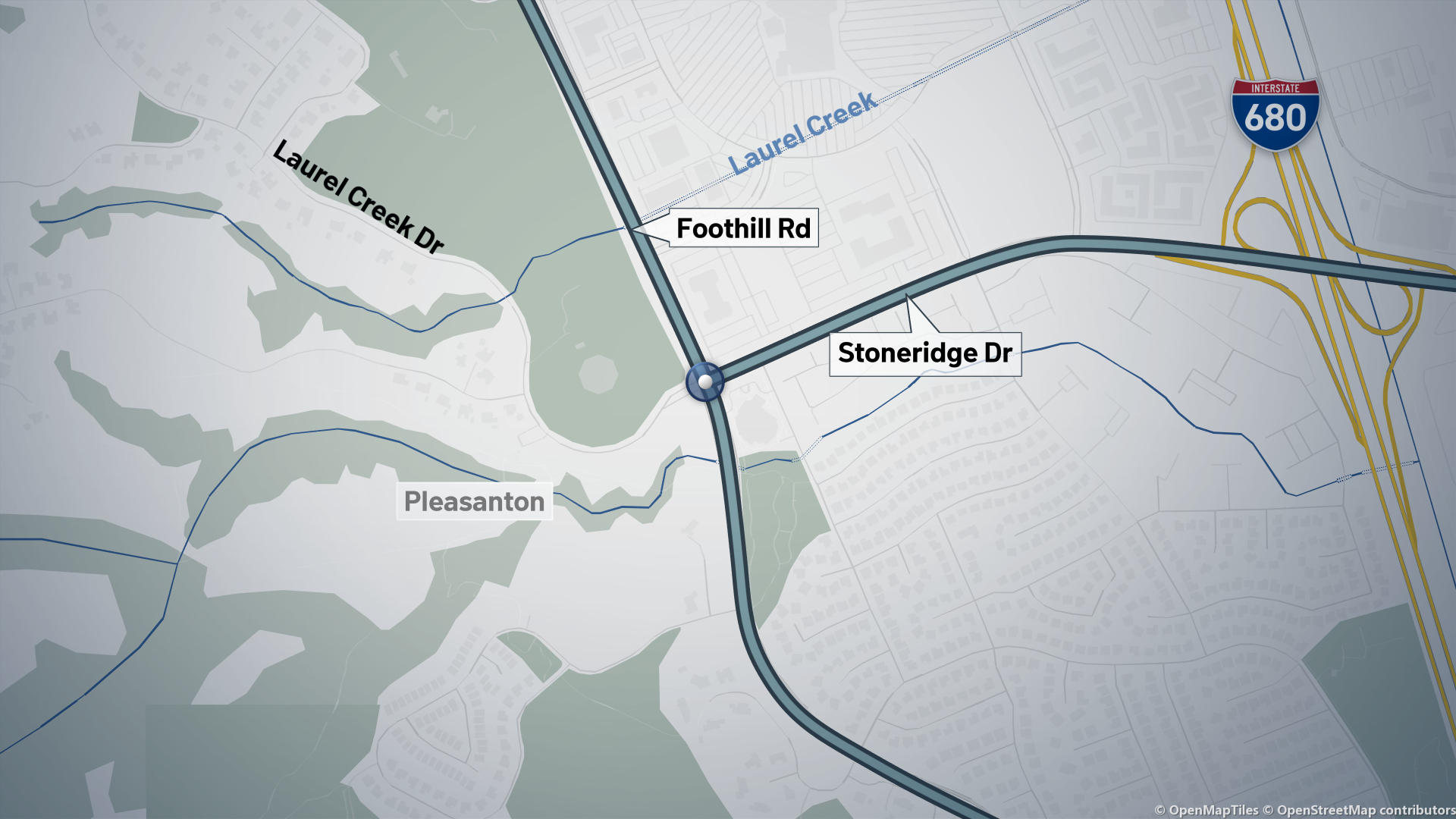California started reducing its overcrowded prisons in 2006 and in recent years the population reduction program, also known as realignment, has dramatically accelerated. Many thought that transferring prisoners to local jails, which typically means shorter sentences and earlier releases, would drive crime up. However, according to a new report, both violent and property crime decreased in California from 2006 to 2012.
How can this be and are the statistics an accurate reflection of what's was really going on?
Let's start by taking a look at the report and its assertions.
Published by The Sentencing Project – a national prison reform advocacy organization – the “Fewer Prisoners, Less Crime” report states that while California's prison population decreased by 23% between 2006 and 2012, violent crime simultaneously dropped by 21%. During that same time period property crime also dropped by 13%.
NBC Bay Area independently verified that these statistics were in fact true, but a deeper dive into the numbers paints a more complicated picture of what was going on.
From 2006 to 2010, California's prison population dropped by about 6%. During that time, both violent crime and property crime dropped significantly, mirroring the nationwide statistics.
However, between 2011 and 2012, California reduced its prison population significantly – by more than 18% in order to comply with court orders. As more and more prisoners were moved to local care during and after 2011, crime simultaneously rose. Specifically, between 2011 and 2012, violent crime went up by 3.4% and property crime increased by 7.6%.
Local
While at face value, it would seem that the increases in crime are tied to the fact that more prisoners were being released early, this isn't the case according to Robert Weisberg, a Stanford law professor who is an expert on California's prison system.
As Weisberg explained, "there’s no clear evidence that reductions in prison population... have led to increases in crime."
Weisberg acknowledges that while crime did go up while California was increasingly releasing more prisoners, there were other things going on throughout the state that better explain the increases in crime between 2011 and 2012. One thing he emphasized as a contributing factor was that there were far fewer cops on the streets, largely due to the 2008 recession and counties' tightening their budgets. With fewer cops around, people may have felt less of a risk of being caught when carrying out crimes.
The bottom line is that if you compare what was going on in 2006 and 2012, you will see an overall drop in crime just as more and more prisoners were being released. However, if you look at 2011 and 2012 – when the biggest prison reductions were happening – crime did simultaneously increase in California. But according to Weisberg and other criminal justice experts, more freed prisoners on the streets didn't cause the increase in crime.



